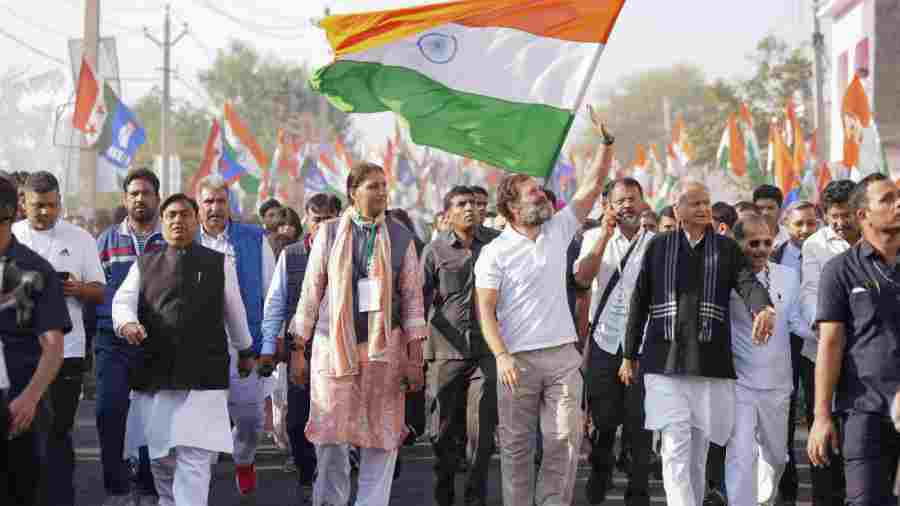Rahul Gandhi’s Bharat Jodo Yatra captured media attention and turned several heads. He was successful in creating a spectacle around the Yatra. Many were also impressed by his charismatic demeanour that effectively debunked the media-created myth of the Congress leader being a ‘pappu’. In a word, through his Bharat Jodo Yatra, Rahul Gandhi has served notice to the media that he has arrived in Indian politics.
His arrival invokes both anticipation and expectations. But in this piece, we are not concerned with such speculations. We are, instead, interested in the path that he took to such an arrival. What intrigues us is the physical space that Rahul Gandhi chose to declare his politics — the street. Rahul Gandhi, unlike several other peers of his time, chose the street as a site of political action. The physicality of the street in Rahul Gandhi's politics is of huge significance, given the fact that streets have historically been the quintessential locale of comradeship and working-class movements not just in India but also the world over. From Martin Luther King Jr to Jayaprakash Narayan to Lula da Silva, to name a few, political activists and leaders across the world have, time and again, chosen the street as the centre stage of their politics. Following their footsteps (pun intended), it was a conscious decision by Rahul Gandhi to embrace this working-class imagination and take to the streets to proclaim his politics of uniting the nation. His nationwide walk reimagines the age-old politics of reclaiming the street, reminding us that public spaces belong to the people and that it is with the people that the real spirit of a nation lies.
This very spectacle of a foot soldier inviting the people of India to come and join a long march that gathers momentum through the expansion of footfalls reminds us that, ultimately, the winds of change can come from the people. Unlike the status of Indian politics today, where public money is drained for the construction of a new Parliament building, where political leaders engage in contestation, Rahul Gandhi’s recent activism compelled the media to shift their focus from the cocoon of Parliament to the chaos on the street. The use of the term, activism, is deliberate in this context because by bringing politics into the physical location of the street, Rahul Gandhi has indicated that power must lie with the people and not be vested in the hands of the few. He is trying to curve a road ahead for India that starts not in Parliament but on the street by taking on the public spheres together with the people.
This effort of reclaiming the street is also significant for larger political actions. His Bharat Jodo Yatra located the street at the centre of political action wherein taking to the street is no longer an act of dissent but of leadership. Unlike what the mainstream media portray, streets are not only meant for the politics of dissent and protest, be they by farmers, students or marginalised communities. Streets are also meant for everyday politics and rights activism. This normalisation of the street as a location of rightful, just and inclusive participation of all people stands in stark contrast to the politics of hate endorsed by the Bharatiya Janata Party.
Interestingly, Rahul Gandhi’s trajectory during the Yatra was not restricted to specific streets in specific regions; rather, he chose to attribute similar levels of attention to all the states he passed through, calling for a spirit of unity disengaged from the desperation of homogeneity.

